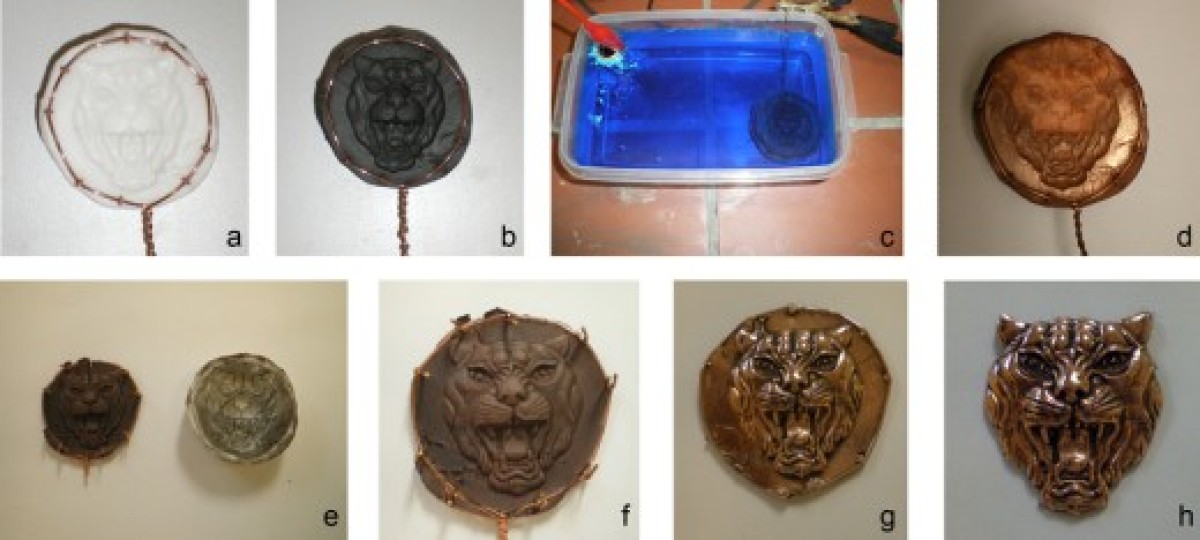The restorers also make casts so that visitors can touch and hold exhibits – something which is not possible with the original
items. A 1:1 scale copy, which sometimes imitates the actual weight of the original, gives visitors a good impression of the
real thing.
Casts such as these must be clearly recorded as replicas. A small "c" is added after the inventory number, as with other copies
made by the restoration team.
The Department of Prehistory’s restorers usually use dental silicone to make a mould of the original as this guarantees a
high degree of accuracy. The object to be moulded is covered on one side with plasticine. Then the opposite side is covered
with silicone. The material is then left to harden for some time before the object can be turned over. After removing the
plasticine, restorers can start work on the other side.
Removing the silicone coatings is quite easy – as the material hardens, heat is generated. This melts the wax in the silicone.
This wax comes to the surface and settles between the object and the mould, like a protective film.


